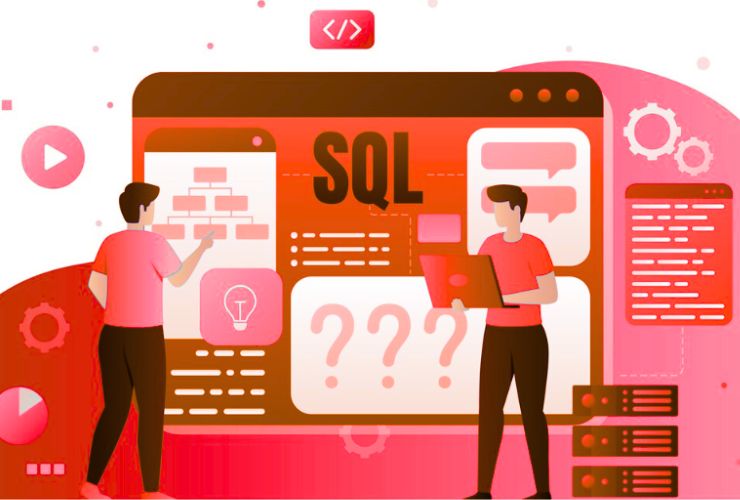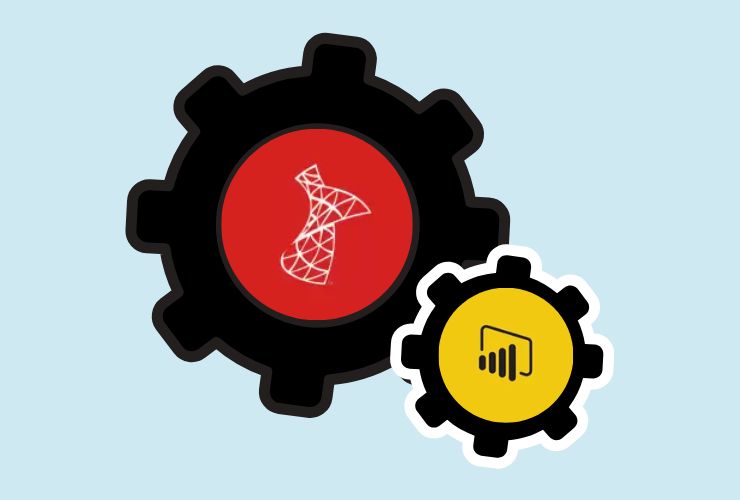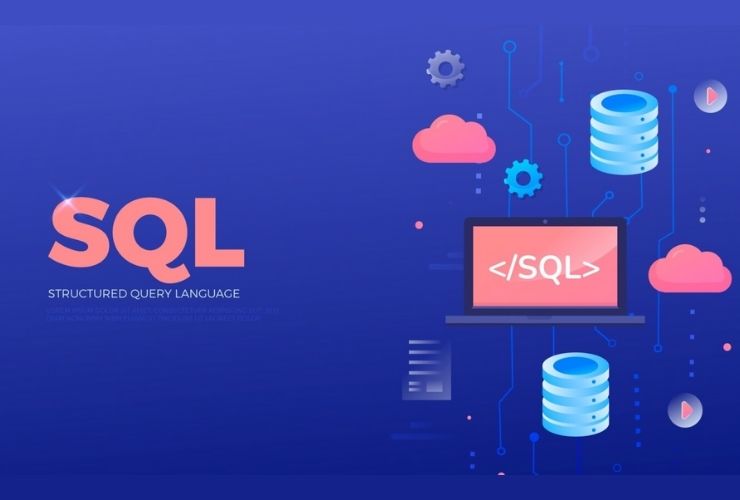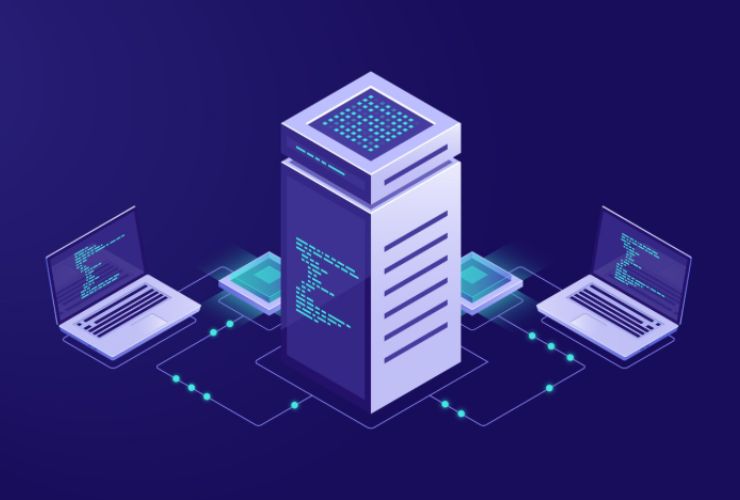Writing SQL queries that function is merely half the battle of database design. The real art is coding clean, readable, and sustainable SQL in the long run. Clean SQL coding is not a matter of form — it facilitates teams collaborating better, accelerates debugging, and avoids expensive errors when dealing with large, complex databases.
No matter if you’re a developer, analyst, or database administrator, it’s something to learn about writing your SQL in a clear and scalable manner. In this blog, we’ll walk you through best practices and good techniques for writing clean and maintainable SQL code that will simplify your life and your team’s life.
1. Use Clear and Consistent Naming Conventions
Consistency when naming tables, columns, or aliases is important. Descriptive and structured names enhance the readability of your code and allow others to reproduce your thought process with ease. Unintelligible abbreviations that are not universal across all industries should be avoided, and use the same casing convention throughout your database.
For instance, consistently decide to use snake_case or camelCase and stick to it. Table names prefixed when necessary (e.g., user_profile, order_items) also clean up nicely, especially with multiple schemas or databases.
2. Format Queries for Visual Readability
Good formatting improves readability, understandability, and debuggability of SQL. Each major clause like SELECT, FROM, WHERE, GROUP BY, and ORDER BY should start on a new line. Indent child clauses to show their parent-child relationship with main clauses.
Simplifying your question graphically helps you and others immediately see the structure, even without running the query. Don’t have everything on one line — instead, structure your logic well and consistently.
3. Use Comments to Describe Complex Logic
Where clean naming and style assist a great deal, there is still room for comments whenever your logic is business-specific or complicated. The occasional note why something is done — especially where it is not immediately obvious — can save hours of debuggery confusion or future refactoring.
But avoid over-commenting. Don’t comment on what SQL syntax obviously shows; comment on why it is being done. Comments are especially useful for lengthy scripts, data conversions, or using logic based on business requirements.
4. Steer Clear of SELECT * in Production Queries
It may be intuitive to use SELECT * to retrieve all columns, but this will usually lead to unwanted data retrieval, slowdown, and unwanted behavior when the table schema changes. It’s always better to specify columns you actually need. This keeps your queries efficient and less prone to problems in the future.
Moreover, referencing columns contributes to security, especially when dealing with sensitive data, and conserves bandwidth when transmitting results to applications.
5. Break Down Complex Queries into Steps
Rather than writing one, lengthy query, consider breaking it down into separate, logical steps using techniques like Common Table Expressions (CTEs) or subqueries. This improves the readability of your code, makes it easier to debug, and is maintainable.
By breaking down your questions step by step, each part of your logic is simpler to understand. This also makes testing and optimization easier, as you can test or modify each part individually.
6. Use Significant Aliases and Do Not Use One-Letter Abbreviations
Although aliases are helpful in shortening table names, try not to use short or ambiguous aliases such as a, b, or x, particularly in those queries that have numerous tables. Instead, utilize aliases that indicate the reason of the table, thus being able to identify columns and where they came from with a quick look.
Clear aliases avoid confusion, especially in more than one join query, and are a necessity when you’re going to share your code with others.
7. Implement the DRY Principle (Don’t Repeat Yourself)
When you’re repeating the same conditions or logic over and over again, attempt to reuse code with views, CTEs, or stored procedures. Not only does this reduce errors, but it also makes future changes easier.
Repetition will lead to inconsistencies, especially where logic changes over time. Centralizing logic in one place ensures that your modifications are effective across your application.
8. Test and Validate Queries Thoroughly
Test queries thoroughly before running them against production data with test data sets or development environments. Look for edge cases, verify joins, and avoid unfiltered operations like deleting or updating big sets of data without proper conditions.
Use limits and filters during testing to avoid pulling large datasets inadvertently. Also, ensure your queries return expected results in various scenarios.
9. Optimize Queries for Performance
Clean code should also be efficient. Maintainable SQL involves considering query execution time, memory usage, and scalability. Utilize indexes effectively, reduce unnecessary joins, and filter early in your queries to reduce result sets.
Think of performance as being encompassed by maintainability. Slow queries will be a major slowdown in big systems, and optimising early will prevent issues down the line.
10. Organise Scripts and Comment Large Queries
If you are writing big scripts, especially for reports or data exports, organize your code like in a good-documented paper. Put a short description at the top of each script saying what it does, and divide the code into reasonable sections with good comments.
Good documentation makes your SQL reusable and simpler to understand when someone else — or even you — glance at it months later.
Conclusion
Writing clean and maintainable SQL code is a practice that pays off in the long run. It enhances collaboration, reduces the chances of bugs, and makes managing data much easier over time. By focusing on clarity, structure, consistency, and performance, you’ll build a habit of writing SQL that others can trust and build upon.
Whether working independently or as a team, clean SQL is a sign of professionalism and an asset skill set for all data engineers and developers.














